Nature has some pretty strange creatures up its sleeve. Just when we think we’ve figured out how animals work, along comes a species that completely rewrites the rulebook. Here are 12 amazing animals that defy our expectations and show us just how wild and wonderful life on Earth can be.
The Immortal Jellyfish
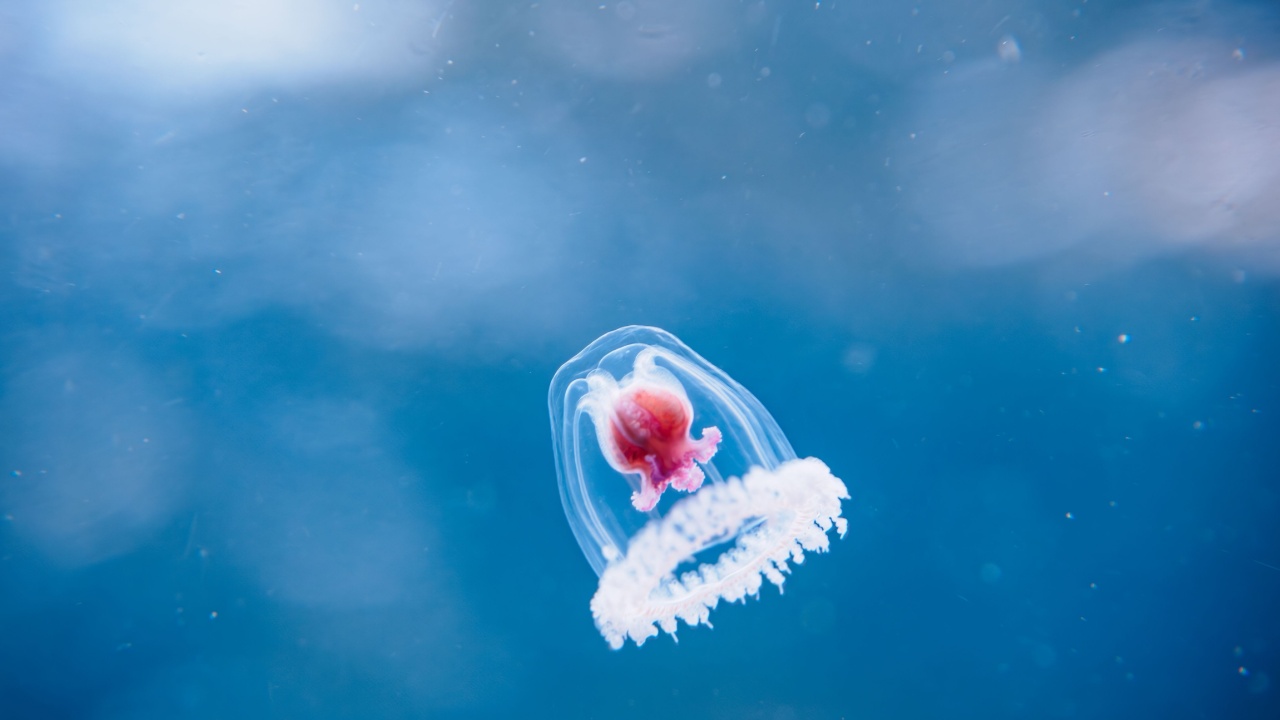
Meet Turritopsis dohrnii, the jellyfish that laughs in the face of death. When this tiny creature gets old or sick, it doesn’t die like normal animals. Instead, it transforms back into a baby jellyfish and starts its life all over again. Scientists call this process “transdifferentiation,” but you can think of it as a real-life fountain of youth. Theoretically, these jellyfish could live forever if they avoid being eaten or killed by disease.
The Platypus: Nature’s Hodgepodge
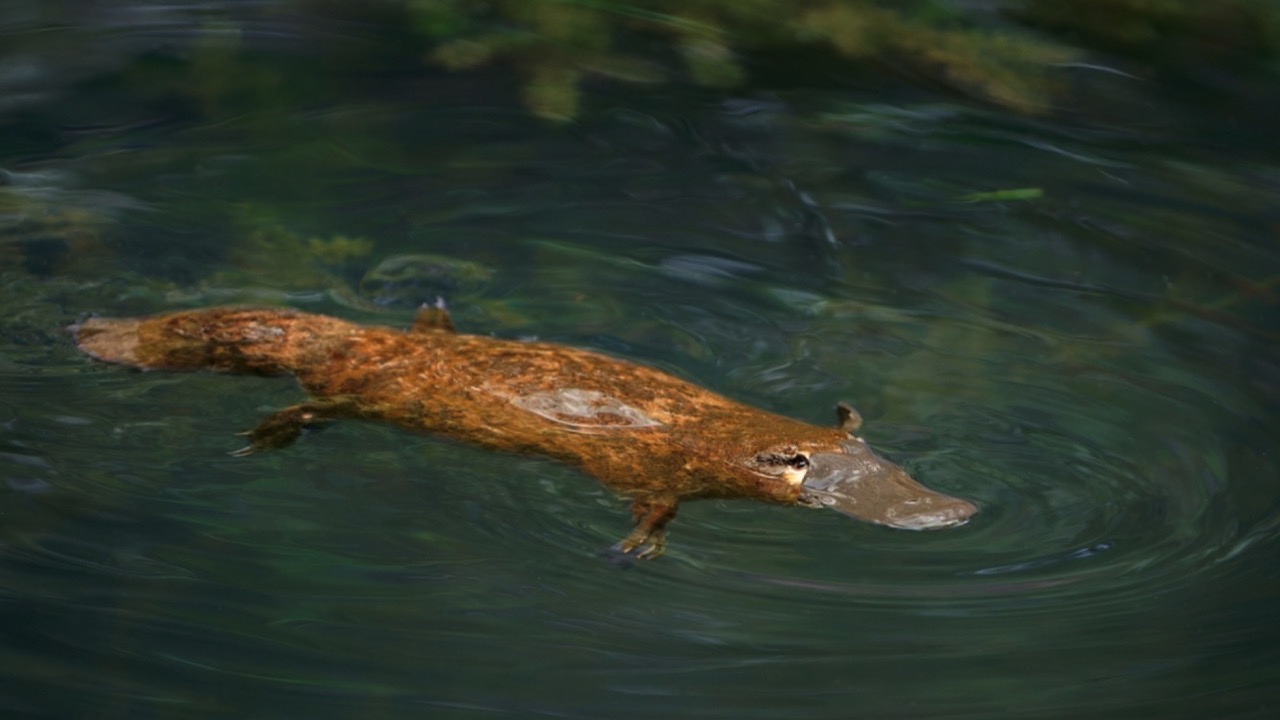
If you were to design an animal by committee, you might end up with something like the platypus. This weird creature has a duck’s bill, beaver-like tail, otter’s feet, and lays eggs like a reptile – yet it’s a mammal! Male platypuses even have venomous spurs on their hind legs. They’re one of the few mammals that produce venom, breaking yet another rule of nature.
Tardigrades: The Indestructible Micro-Animals
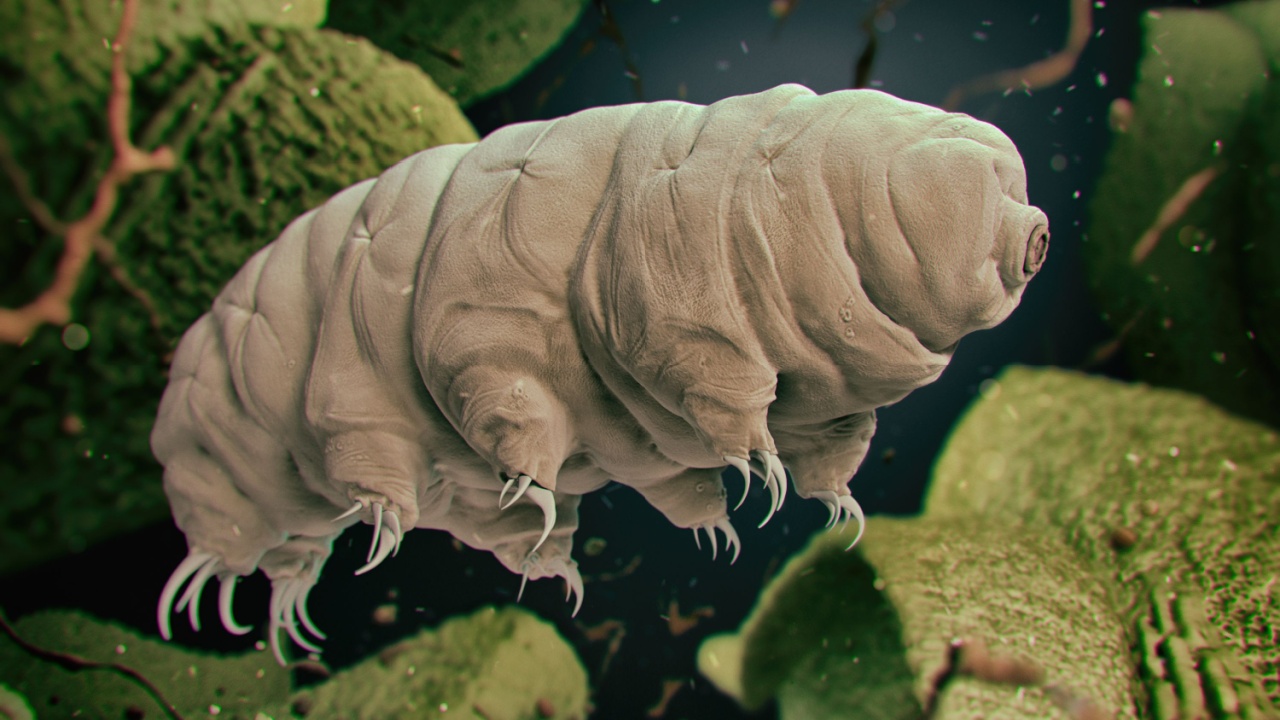
Tardigrades, also known as water bears, are tiny creatures that can survive almost anything. They can live without water for decades, withstand extreme temperatures, and even survive in the vacuum of space. These microscopic animals can enter a state called cryptobiosis, where they essentially shut down their metabolism and wait for better conditions. It’s like they have a superpower for hitting the pause button on life.
Axolotls: The Peter Pans of the Animal Kingdom
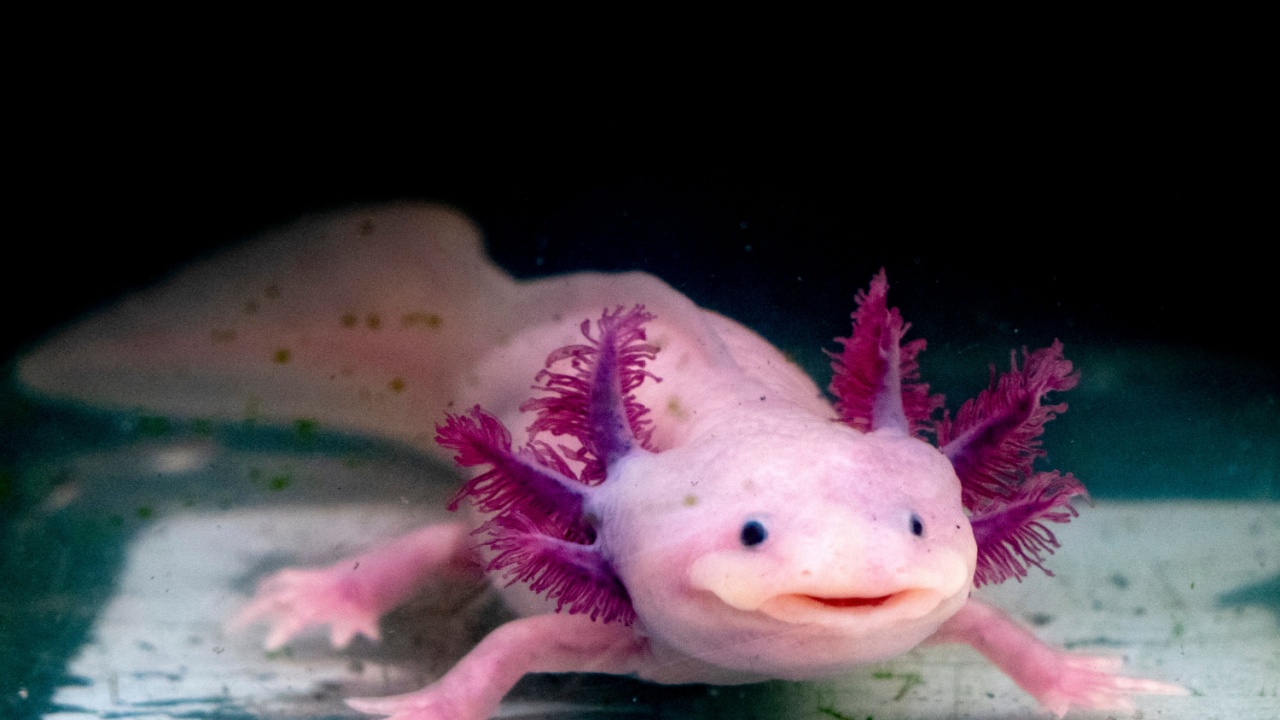
Axolotls are salamanders that never grow up – at least not in the usual way. Most salamanders start life in water with gills and then develop lungs to live on land. But axolotls keep their juvenile features their whole lives, a trait called neoteny. They stay in the water and keep their frilly external gills. Even cooler, they can regrow lost body parts, including parts of their brain!
The Greenland Shark: The Methuselah of the Sea
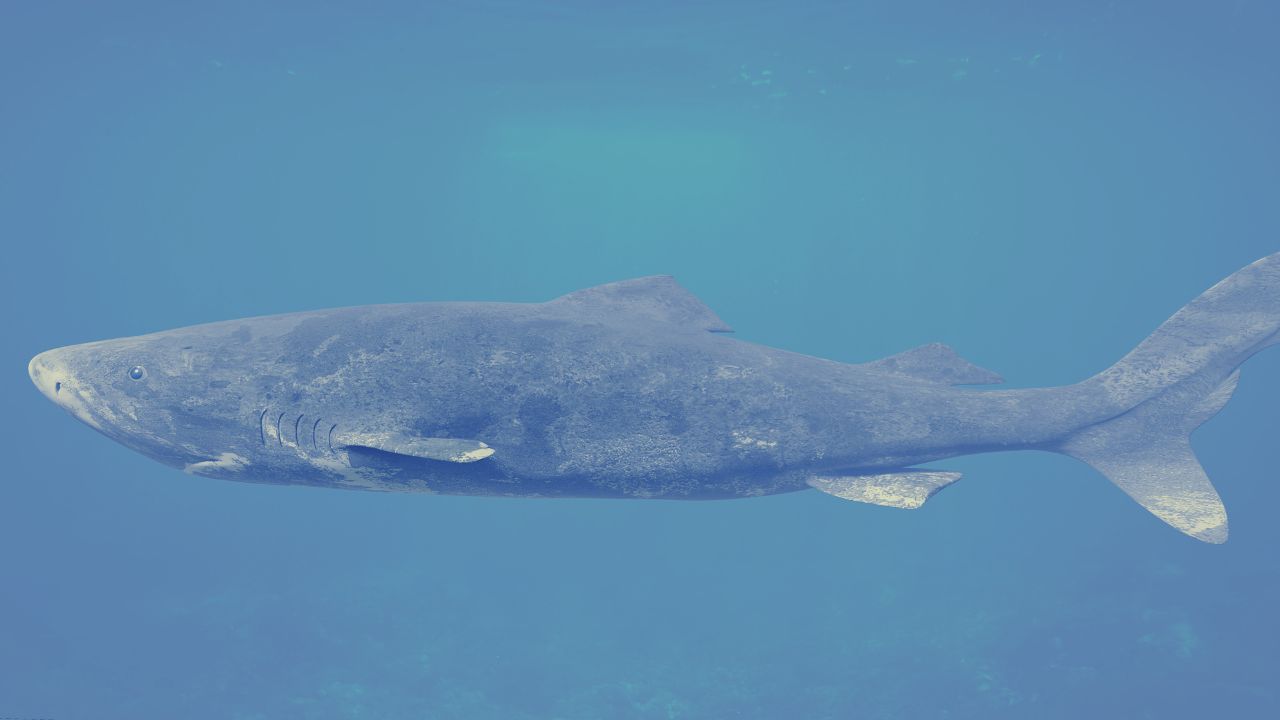
Imagine living for 500 years. That’s the life of a Greenland shark. These deep-sea dwellers are the longest-living vertebrates known to science. They grow incredibly slowly, only about a centimeter per year. A Greenland shark doesn’t even reach sexual maturity until it’s about 150 years old. Talk about a late bloomer!
The Naked Mole Rat: Cancer’s Worst Nightmare
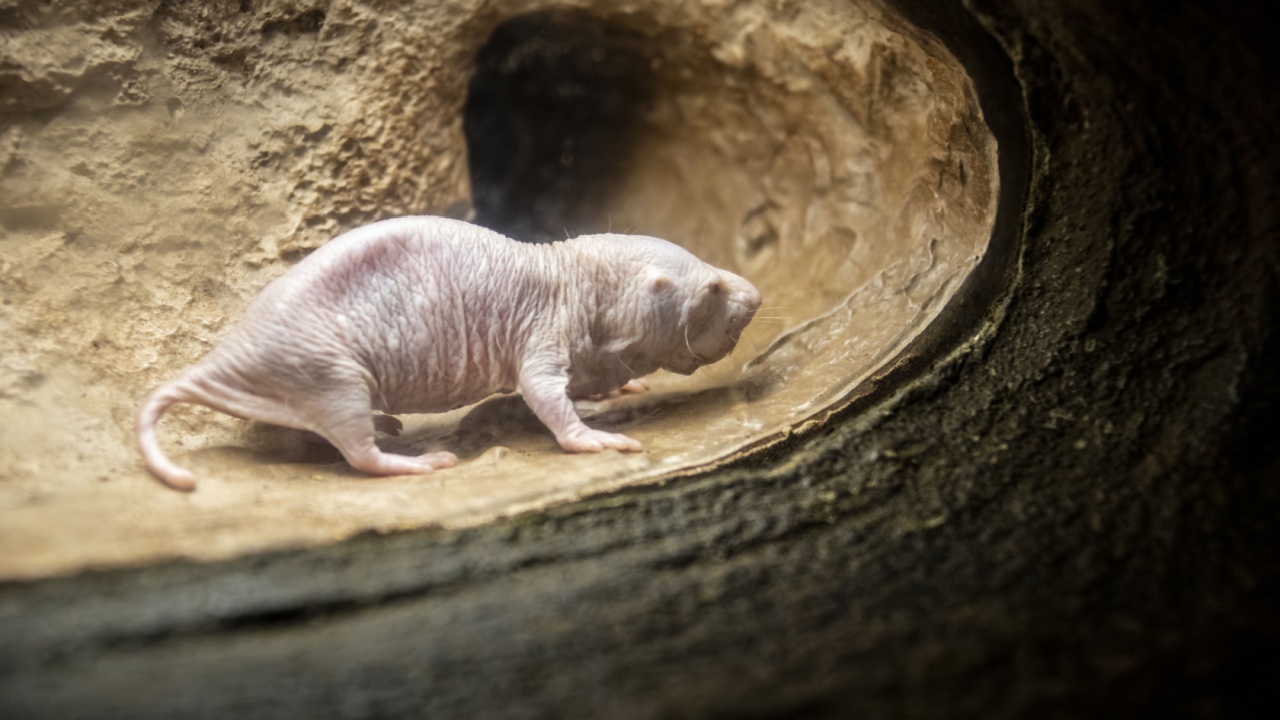
Naked mole rats look like wrinkly sausages with teeth, but they’re hiding an amazing superpower. These strange rodents are virtually immune to cancer. Scientists are studying them to figure out why, hoping to use this knowledge to help fight cancer in humans. As a bonus, naked mole rats can live for up to 30 years – that’s like 300 in human years!
Lyrebirds: Nature’s Best Mimics
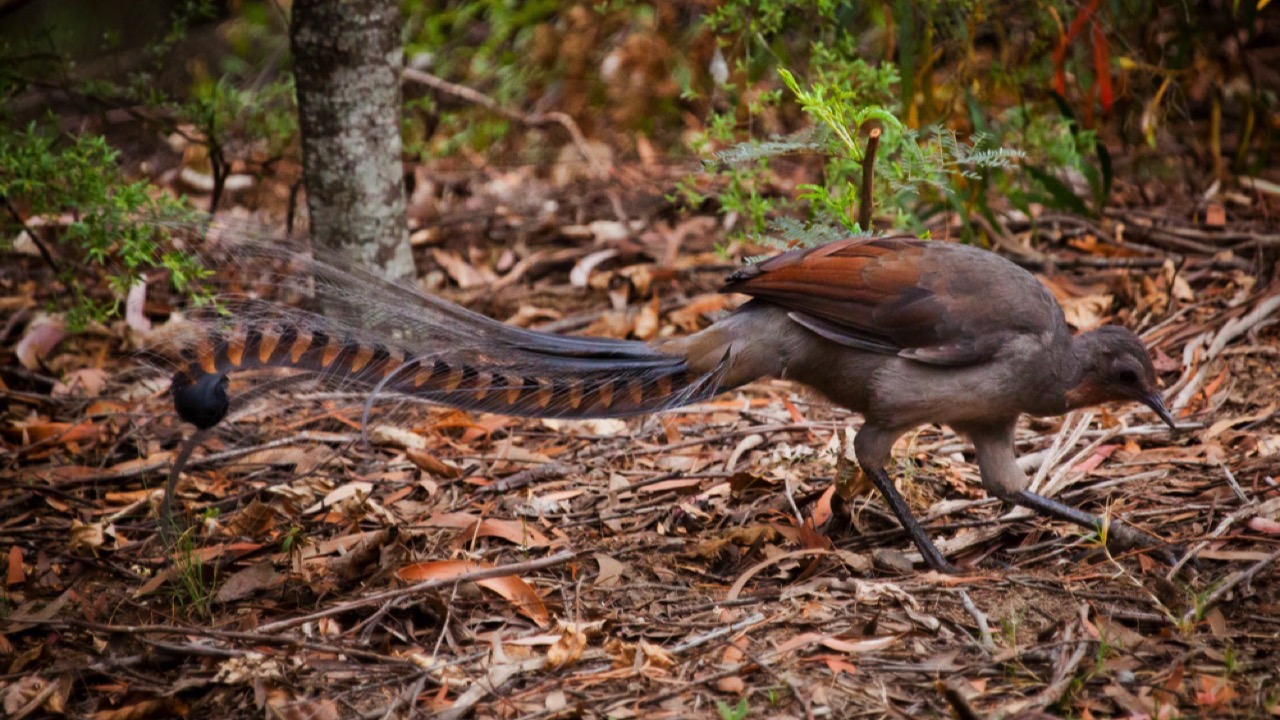
Lyrebirds are the master impersonators of the animal kingdom. These Australian birds can mimic almost any sound they hear, from other bird calls to car alarms and camera shutters. Some lyrebirds have even been recorded imitating the sound of chainsaws and construction work. It’s like they have a built-in sound effects board!
The Mimic Octopus: The Shape-Shifting Wonder
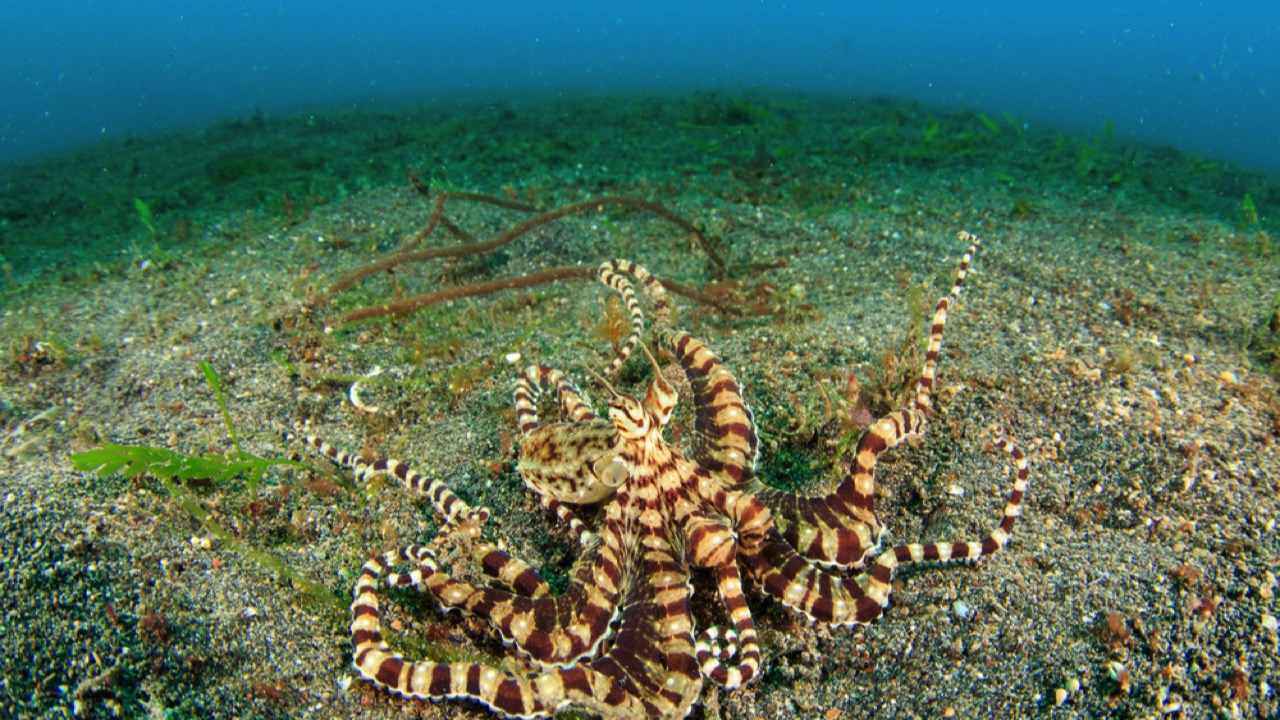
The mimic octopus takes disguise to a whole new level. This clever cephalopod can impersonate other sea creatures to avoid predators or sneak up on prey. It can change its color, texture, and even its shape to look like flatfish, lionfish, and sea snakes. It’s like having a wardrobe full of costumes, but built right into its skin!
Pistol Shrimp: The Loudest Animal in the Sea
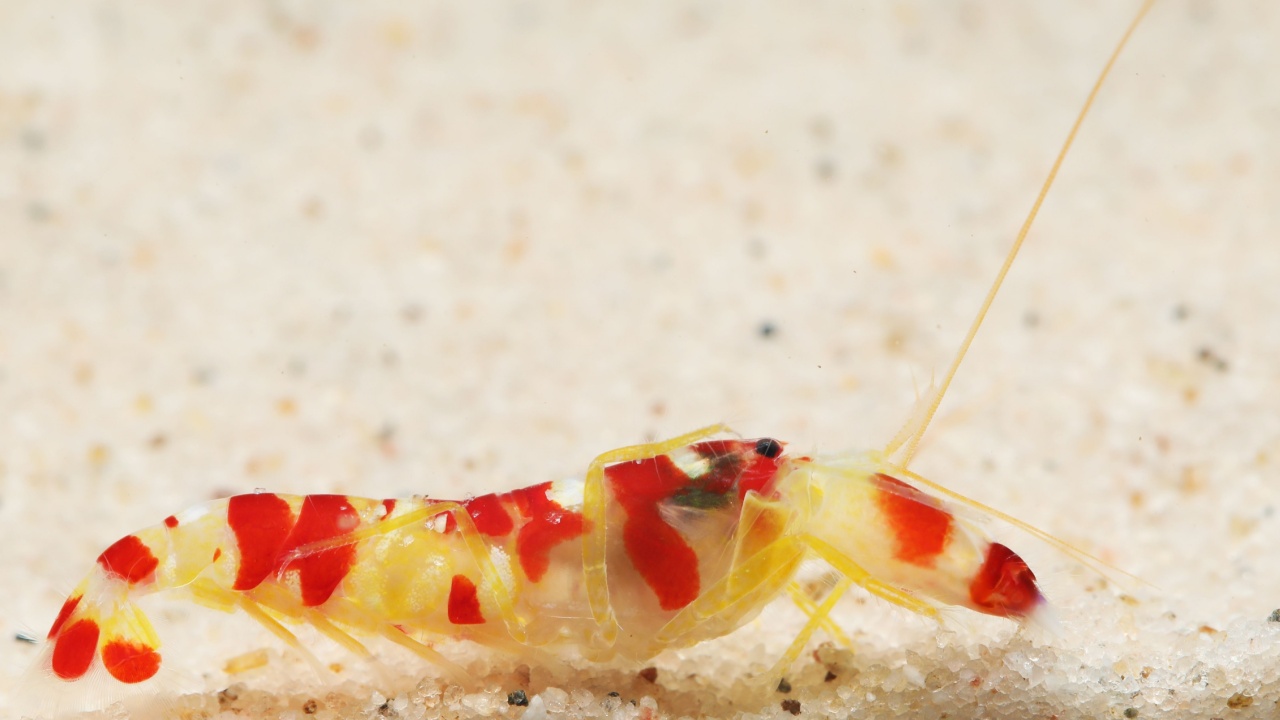
Don’t let its small size fool you – the pistol shrimp packs a punch. This tiny crustacean has one oversized claw that it can snap shut with such force that it creates a bubble that collapses with a loud “pop.” This sound can reach 218 decibels – louder than a gunshot! The resulting shockwave can stun or kill small fish, making the pistol shrimp a formidable predator.
The Olm: The Cave-Dwelling “Dragon”
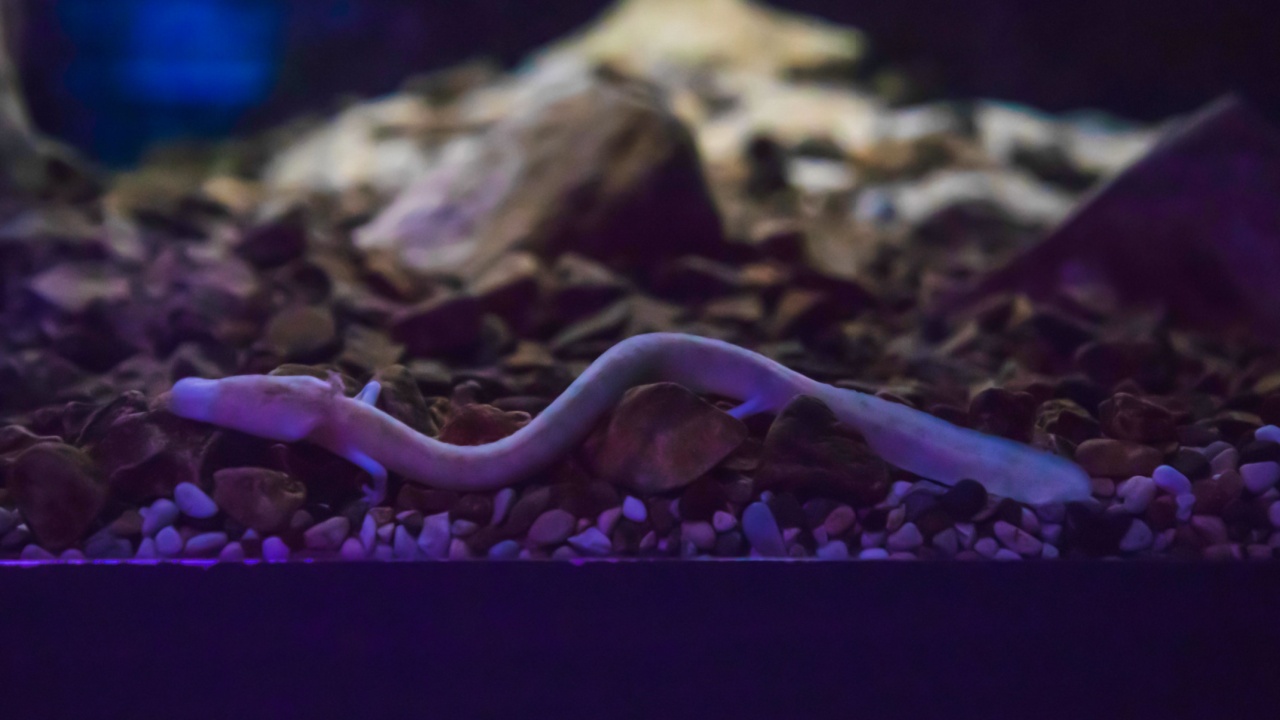
The olm looks like something out of a fantasy novel. This pale, blind salamander lives its entire life in underground caves. It can go without food for up to 10 years and live for over 100 years. Olms have such good hearing that they can detect prey from a distance in pitch darkness. No wonder ancient people thought these creatures were baby dragons!
Turkeys: The Birds That Can Reproduce Without Males
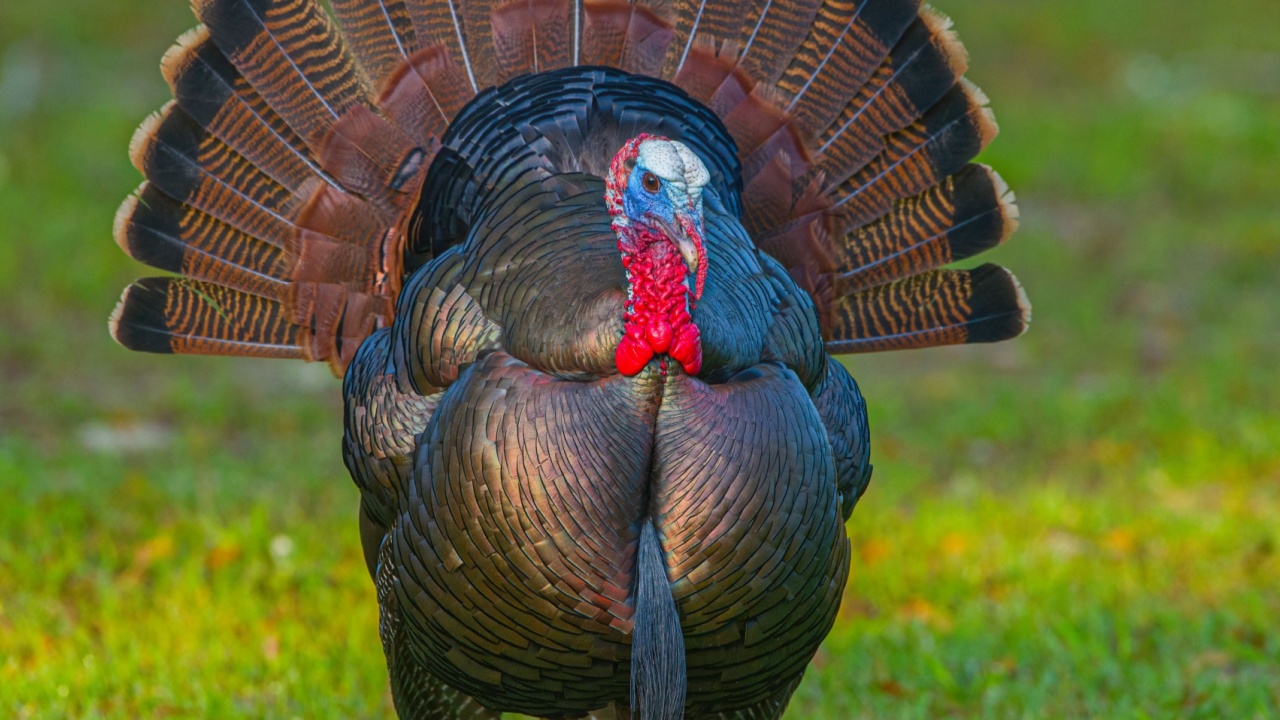
Female turkeys can lay eggs that hatch without being fertilized by a male. This process, called parthenogenesis, is rare in birds. The resulting chicks are always male. It’s like the turkey version of cloning! While this doesn’t happen often in domesticated turkeys, it’s been observed more frequently in wild populations.
Horned Lizards: The Blood-Squirting Defenders
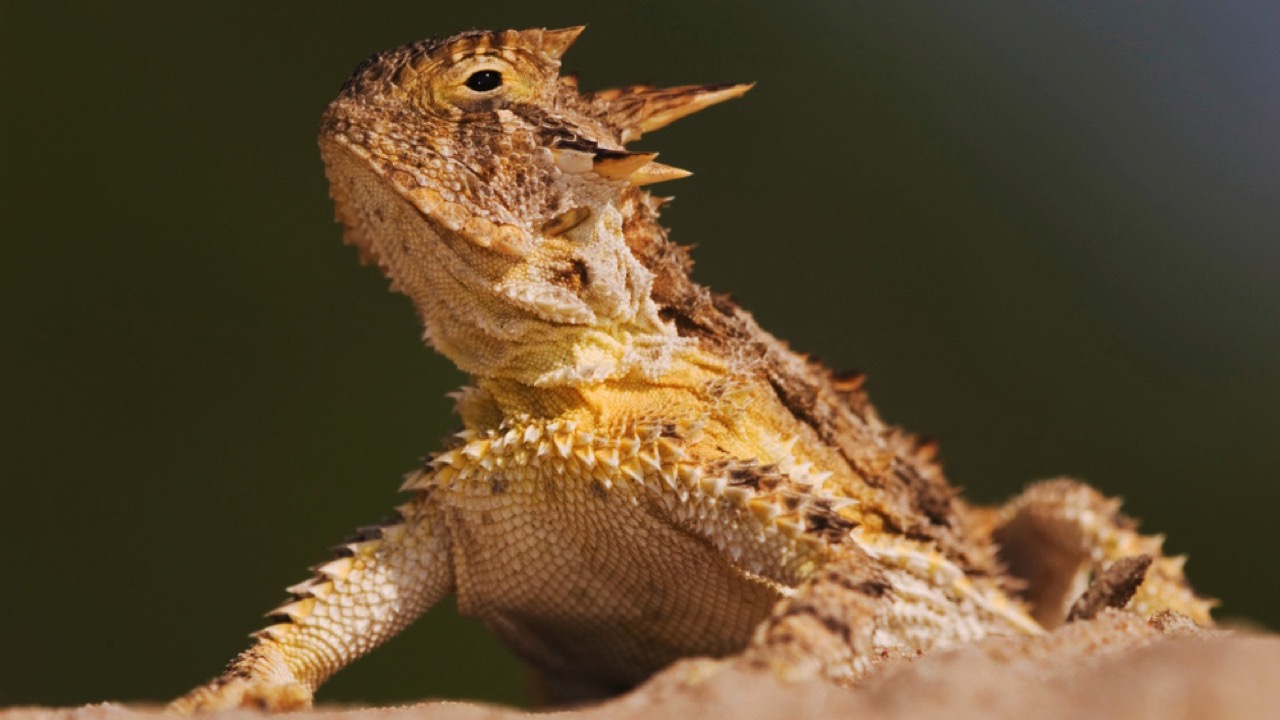
When threatened, horned lizards have a bizarre defense mechanism. They can increase the blood pressure in their head until the tiny blood vessels around their eyes burst. This allows them to squirt blood from their eyes at predators. The blood tastes bad and can temporarily blind the attacker. It’s a gross but effective way to say “back off!”
Becky is a fervent wildlife enthusiast and pet care expert with a diploma in canine nutrition. Her love for animals stretches beyond the domestic, embracing the wild tapestry of global fauna. With over a decade of experience in animal welfare, Becky lends her expertise to OutlandishOwl through insightful articles, captivating wildlife information, and invaluable guidance on pet nutrition. Her work embodies a deep commitment to understanding the intricate lives of animals and a passion for educating others on sustaining natural habitats. Becky's hands-on conservation efforts and her knack for translating complex dietary science into practical pet feeding tips make her an indispensable voice for creatures great and small.




